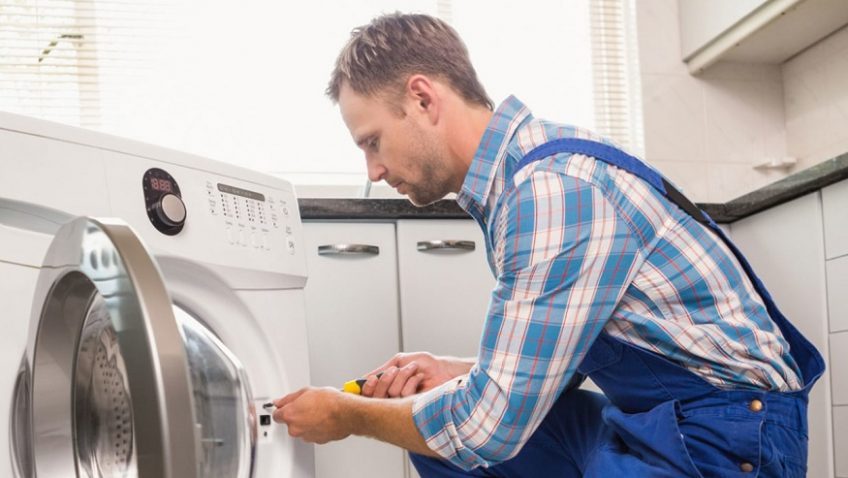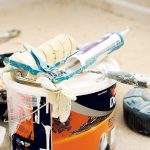We have all had those moments when we’ve been going about our normal daily lives and suddenly one of our most used machines break, leaving us in the lurch. We’re left with dealing with trying to call various repairmen, to get them to come out and take a look, or potentially replacing a costly appliance.
Washing machines can be a little tricky, with so many different components, it can be hard to pinpoint the exact problem. However, there may be smaller, more obvious issues that you can fix yourself, without having the hassle of organising repair.
With these handy tips and tricks from Service Force, you could save time and money on your washing machine repairs.
Water related faults
A frequent issue can be the washing machine cutting out halfway through your wash and leaving you with a drum full of water. These kinds of faults can often be associated with something as simple as a blown fuse.
If the fault is that your machine won’t pump out the water, then it could be caused by a blockage in the pipe. Simply drain the water from your machine by accessing the pump filter and manually drain the washing machine that way, or alternatively disconnect the drain tube and place it into a bucket.
Fixing a noisy washer
There’s a number of different reasons as to why your washing machine may be a little noisier than usual. Some of the most common causes are the pump, the drive belt and the shock absorbers.
Checking the pump
Simply remove the front panel on your washing machine and start the washer as normal. You should be able to identify if the pump is the issue by seeing if the noise is coming from that particular area.
Checking the drive belt
Make sure everything is unplugged and nothing can start spontaneously, then find your access panel, open it up and from here you should be able to find the drive belt. Make sure the belt is secure.
Checking the shock absorbers
Check that your shock absorbers are not loose and there is nothing that could be preventing them from moving smoothly.
Leaking
Most leakages are from the hoses at the back of the machine. These can easily become loose if you have been moving your washing machine around, or if the cycle has shaken them loose. Check that all hoses are secure and tight.
If you find that the leak is coming from the drum, check the sealant on the door. These are prone to wear and tear the longer we have them and they are easily replaced.
Make sure you have identified the access panels on your machine to be able to access all of the inner components that may need checking before calling a repairman, or replacing the machine. Although not every fault can be fixed in the comfort of your own home, it is always worth checking to see if the issue is easily repaired by yourself.




